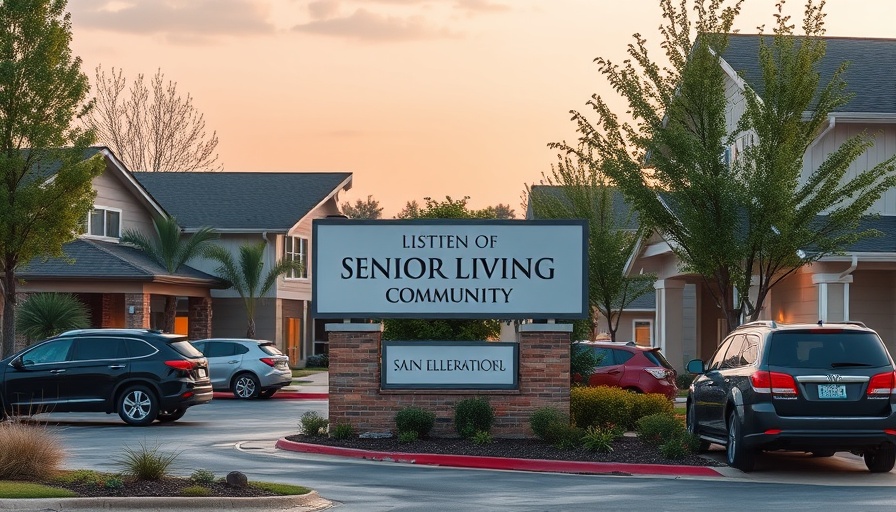
A Heart Healthy Stretch Challenge for Seniors
In honor of American Heart Month, the Heart Healthy Stretch Challenge is designed specifically for older adults to promote heart health through a series of engaging and beneficial stretches. Led by ERS Wellness Director Chloe Sarbaugh, this initiative encourages seniors to incorporate simple stretches into their daily routines, fostering better circulation, greater flexibility, and overall cardiovascular wellbeing.
Why Stretching Matters for Seniors
As we age, maintaining flexibility and muscle strength becomes crucial to our overall health. According to the American Heart Association, regular stretching can enhance mobility and reduce the risks associated with heart disease. Stretching not only feels good but also contributes significantly to heart health, making the Heart Healthy Stretch Challenge an essential part of senior fitness.
Simple Stretches to Incorporate Daily
Participants will need minimal equipment—a step stool for specific stretches—and can perform these exercises almost anywhere. Here are a few recommended stretches:
- Torso Stretch: While sitting tall, bend your body gently to each side to stretch the waist. Hold for 10 to 30 seconds on each side.
- Neck Stretch: Sitting comfortably, turn your head to look over each shoulder, holding each position for a few seconds to relieve neck tension.
- Calf Stretch: Stand with a wall for support and stretch each calf to improve lower leg flexibility.
Incorporating these stretches into your morning routine can uplift your day and significantly enhance your physical health.
Motivation to Move: Take the Challenge!
Movement is essential for a healthy heart and mind, and committing to the Heart Healthy Stretch Challenge is a practical way to achieve both. By participating, seniors not only promote their own health but also inspire others around them. Movement brings joy, reduces stress, and aids in fostering connections with fellow participants. Encourage friends or family members to join this fun and beneficial challenge!
Seeking Support: Subscribe and Share
To stay updated on wellness tips and stretching exercises, consider subscribing to the ERS Linkage Blog, where you can also find additional resources tailored to seniors. Sharing this challenge with others is a great way to spread the benefits of engaging in regular physical activity.
In summary, the Heart Healthy Stretch Challenge offers a valuable opportunity for seniors to enhance their fitness, improve heart health, and connect with others. Start this journey today—your heart, body, and mind will appreciate the effort!
 Add Row
Add Row  Add
Add 




Write A Comment